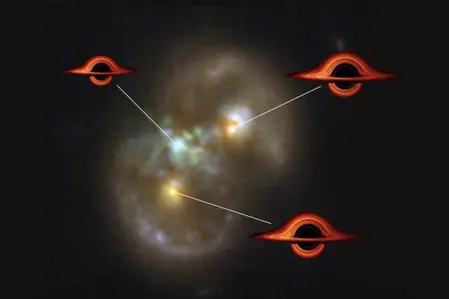T4K3.news
Giant black hole bends light into Einstein ring
Astronomers report a dormant ultramassive black hole in the Cosmic Horseshoe galaxy bending light into an Einstein ring across billions of light-years.

Astronomers report a dormant ultramassive black hole in the Cosmic Horseshoe galaxy weighing 36 billion solar masses, detected through lensing and stellar motions and bending light into an Einstein ring.
Giant Black Hole Bends Light into Ring in Cosmos
A team of astronomers has identified what may be the largest known black hole. The object sits at the center of the Cosmic Horseshoe galaxy, about five billion light years away, and weighs roughly 36 billion times the mass of our Sun. Its gravity is so extreme that it warps light from a background galaxy into a nearly complete circular pattern called an Einstein ring. The mass was inferred using a combination of gravitational lensing and the motions of stars in the surrounding galaxy, a method that does not require the black hole to be actively drawing in matter.
Located in one of the universe’s most massive ancient galaxies, the Cosmic Horseshoe is a fossil group that formed from the merger of several large galaxies. The researchers emphasize that the black hole is dormant, meaning it is not emitting the bright light typically associated with active galactic nuclei. This discovery demonstrates that extremely large black holes can exist without a bright accretion signal and that their presence can be detected through careful analysis of gravity and stellar dynamics.
Key Takeaways
"Typically, for such remote systems, black hole mass measurements are only possible when the black hole is active."
Comment from Melo on measurement method
"We’re literally witnessing a black hole's final form."
Collet on the significance of the discovery
The finding reinforces a growing view that the size of a galaxy and the mass of its central black hole grow in tandem. By showing that a silent giant can be measured without relying on accretion light, the study expands the toolkit for mapping the most elusive black holes in the universe. Still, the result hinges on a precise alignment of foreground and background galaxies and on modeling assumptions about the galaxy’s stars. If confirmed, it could push theorists to rethink upper limits on black hole mass in mature galaxies and strengthen models of how galaxies evolve over cosmic time.
Highlights
- Dormant giants speak through gravity alone.
- Quiet giants push the boundaries of how we measure mass in space.
- The cosmos keeps its deepest secrets in quiet corners.
- The universe reveals its big surprises with careful measurements.
The cosmos continues to reveal its quiet giants, one precise measurement at a time.
Enjoyed this? Let your friends know!
Related News
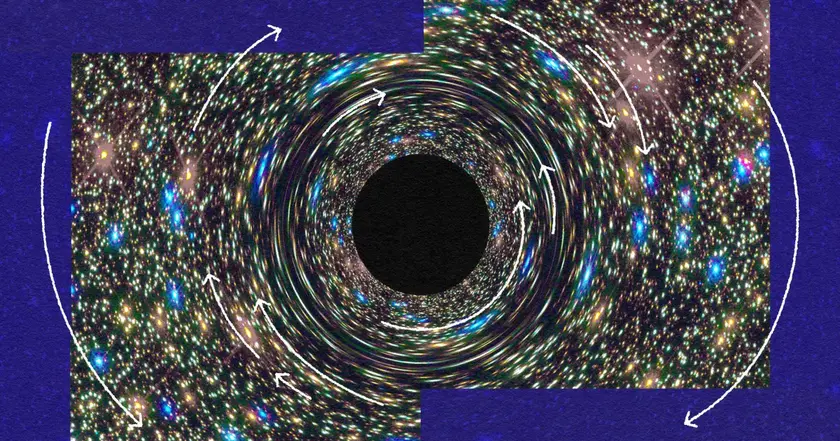
Cosmic Horseshoe Reveals Heaviest Black Hole Yet
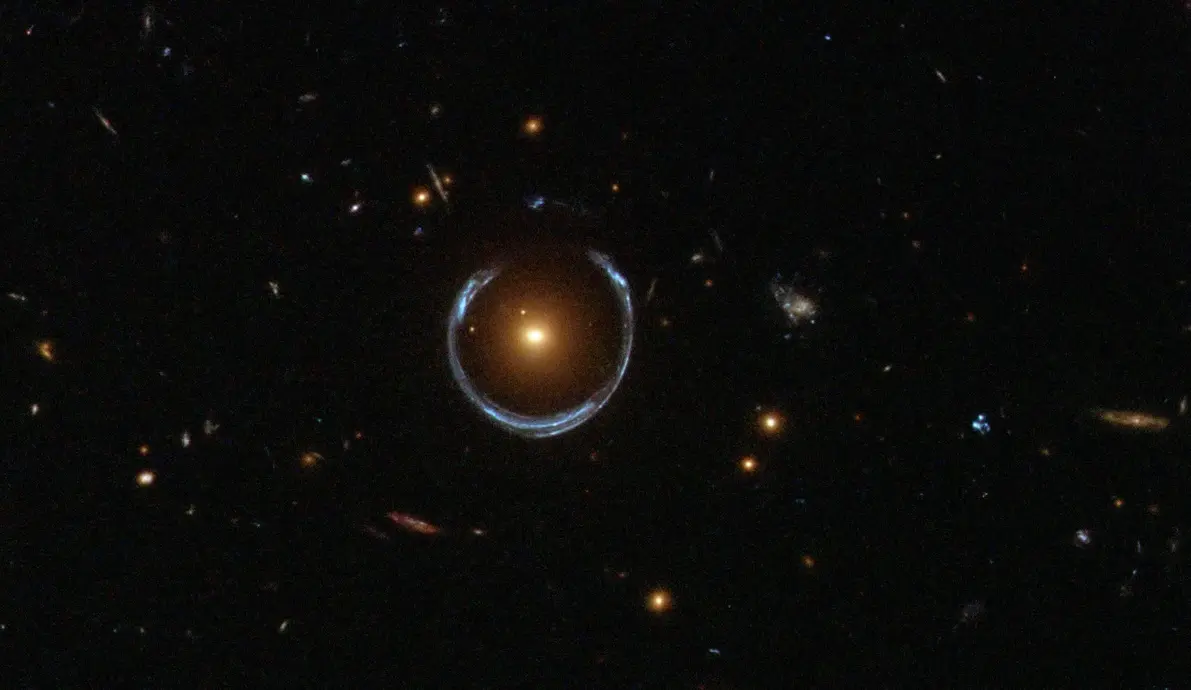
New black hole discovery made with mass of 36 billion suns

Polarization shifts at M87 black hole
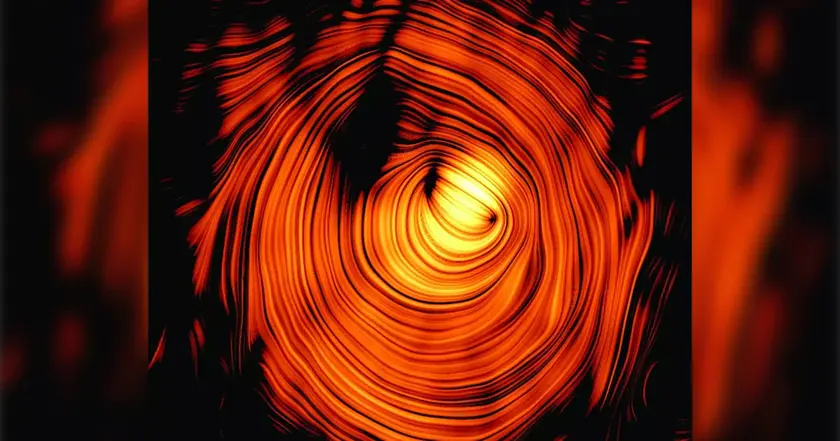
Eye of Sauron Blazar Update
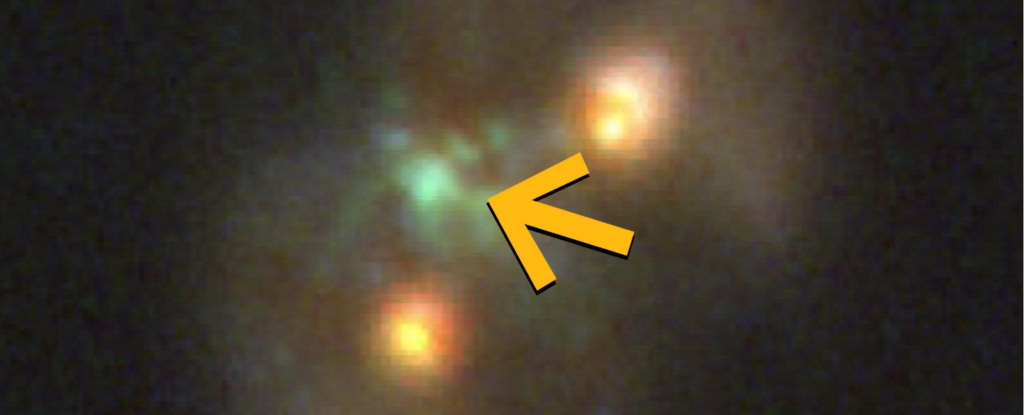
Discovery of Possible Supermassive Black Hole Formation

Ultramassive Black Hole Discovered

Black Hole Merger Recoil Measured in 3D Motion
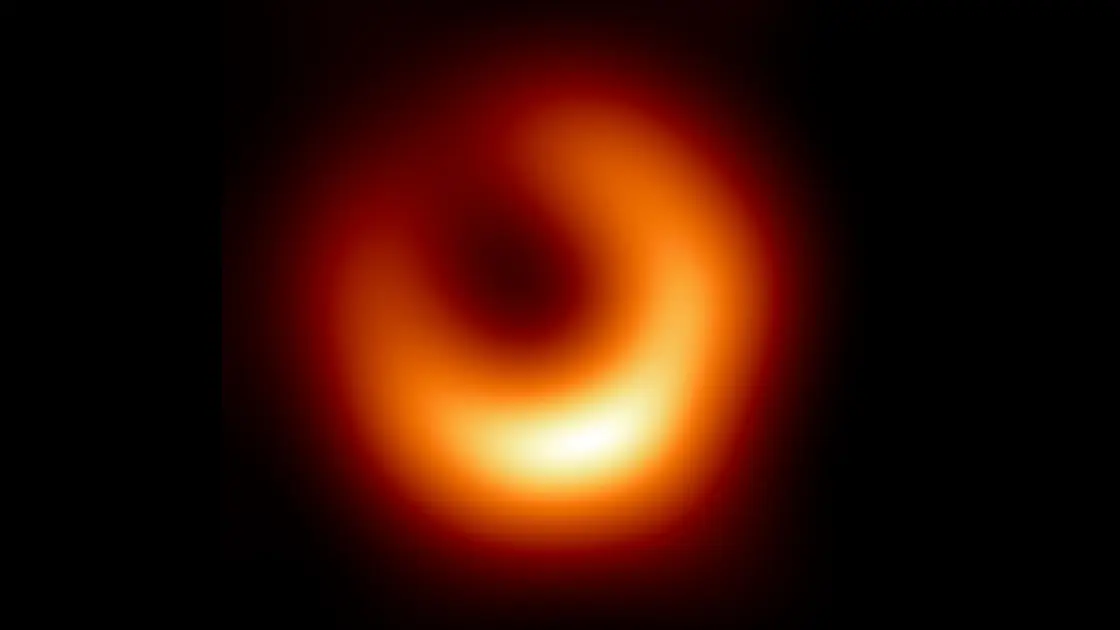
New proposal for laser-propelled spacecraft to explore black holes
